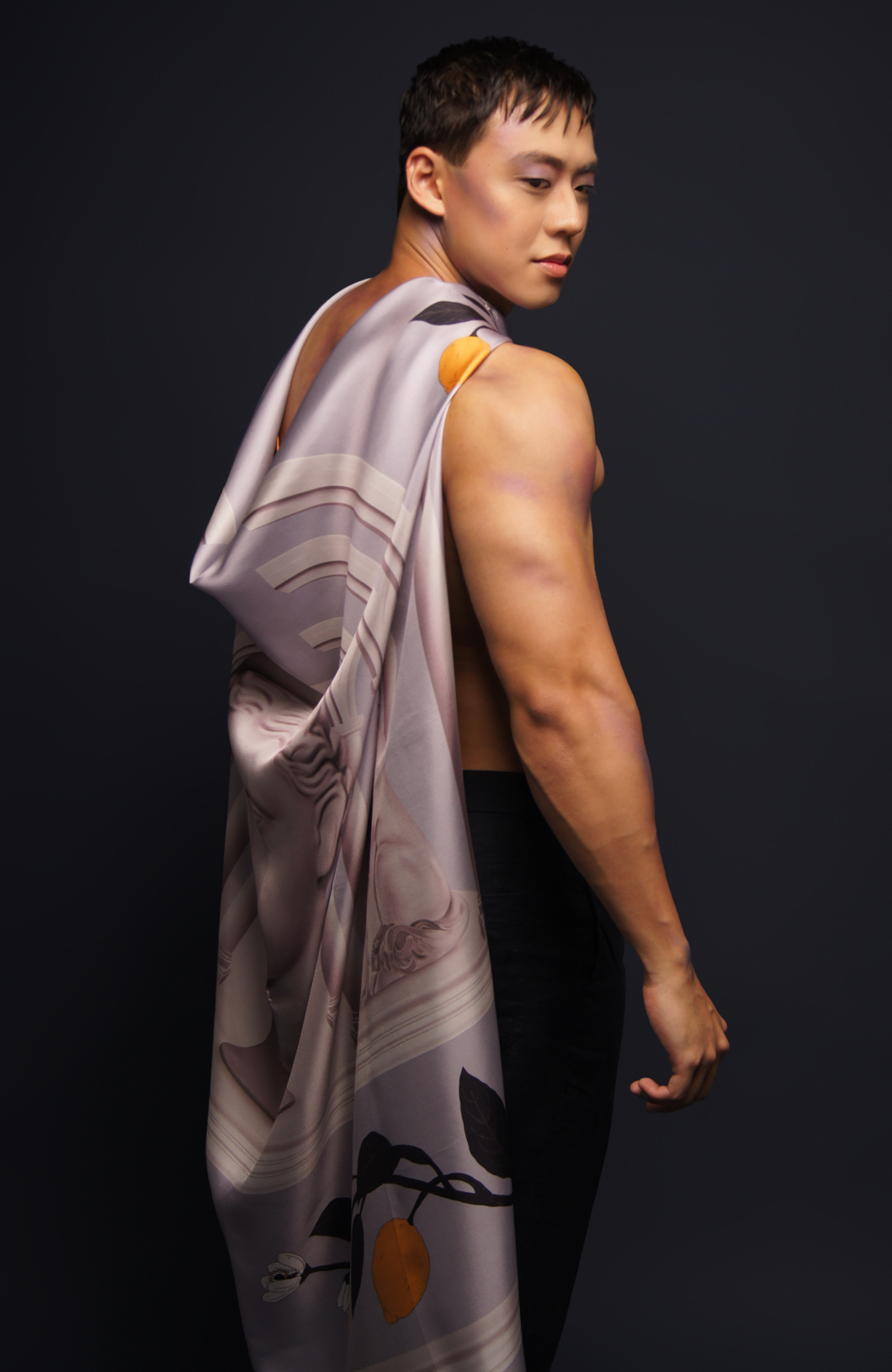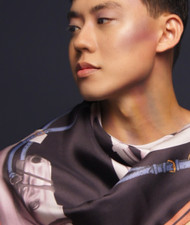A Visual Timeline: The Evolution of Scarves Throughout History
Posted by MOMME STUDIO on 10th Mar 2023
Scarves have been used for centuries for various purposes, from functional to fashionable. Take a look back in time to uncover the history of scarves - from their origins thousands of years ago to their modern iterations today.
ANCIENT EGYPT: THE USE OF SCARVES IN RITUALS AND CEREMONIES
The ancient Egyptians were among the first to use scarves in rituals and ceremonies. Scarves were commonly used as a symbol of fertility, protection and status, helping to reflect one's wealth and power. They were often made of cloth or linen, with gold and precious stones embroidered over them to signify their importance. They often featured religious symbols and hieroglyphics to invoke divine protection or mark essential milestones or achievements.
MIDDLE AGES: SUMPTUOUS AND ELEGANT STYLES FIT FOR THE ARISTOCRACY
In the Middle Ages, scarves evolved from utility and status products to fashionable statement pieces. They were no longer just a simple head cover but a couture item for those of social and economic power. Sumptuous fabrics like silk and velvet were used to create intricate designs with delicate embroidery layers. Lace, fringes and beading added a more luxe feel to these fashionable accessories. Rich jewel tones, along with classic colours like black and white, ruled the scene.
VICTORIAN TIMES: MULTIFUNCTIONAL USAGE & MULTIPLE COLORS COME TO THE FOREFRONT
The victorian style added an additional layer to scarf usage as the multifunctional accessory became even more versatile. Scarves took centre stage in menswear and women's fashion from this time forward, affording them the ability to express themselves through the vibrant colours and artful prints that were now available. This era also marked the emergence of day-to-day accessories such as shawls, neckerchiefs, snoods and pre-tied cravats.
EARLY 20th CENTURY: YOHJI YAMAMOTO BRINGS JAPANESE AESTHETICS TO SCARF DESIGN
In the early 20th Century, Japanese fashion designer Yohji Yamamoto changed scarf design forever. His creative use of textures and beautiful prints combined with the aesthetic of his native Japan to capture imaginations around the world. He believed that clothing should represent its wearer's spiritual and inner beauty, influencing many modern-day designers in the process. This helped refine what we now consider classic scarf designs - something you can still find on store shelves today!
21st CENTURY: DIGITAL PRINTING TECHNOLOGY ADVANCES SCARF DESIGN FURTHER WITH ARTISTIC FLAIR
In the 21st Century, scarf designs have evolved to keep up with advancing digital printing technology. This allowed for increasingly intricate prints, combining vibrant colours and striking imagery with photo-realistic effects like never before seen in fashion design. With this new level of detail, scarves can be used as a form of artistic expression - making it easier than ever to show off your unique style and individuality!
FINAL THOUGHTS
In the 21st Century, scarf designs have evolved to keep up with advancing digital printing technology. This allowed for increasingly intricate prints, combining vibrant colours and striking imagery with photo-realistic effects like never before seen in fashion design. With this new level of detail, scarves can be used as a form of artistic expression - making it easier than ever to show off your unique style and individuality!


 Currency: SGD
Currency: SGD

